DNV GL, an accreditation and research group, sees Canada and the United States increasing population and wealth, yet still lowering total energy use by 30% while shifting toward almost 90% CO2 free electricity by the year 2050.
The group’s annual Energy Transition Outlook sees federal policies lagging in both countries, but local politics picking up the pace.
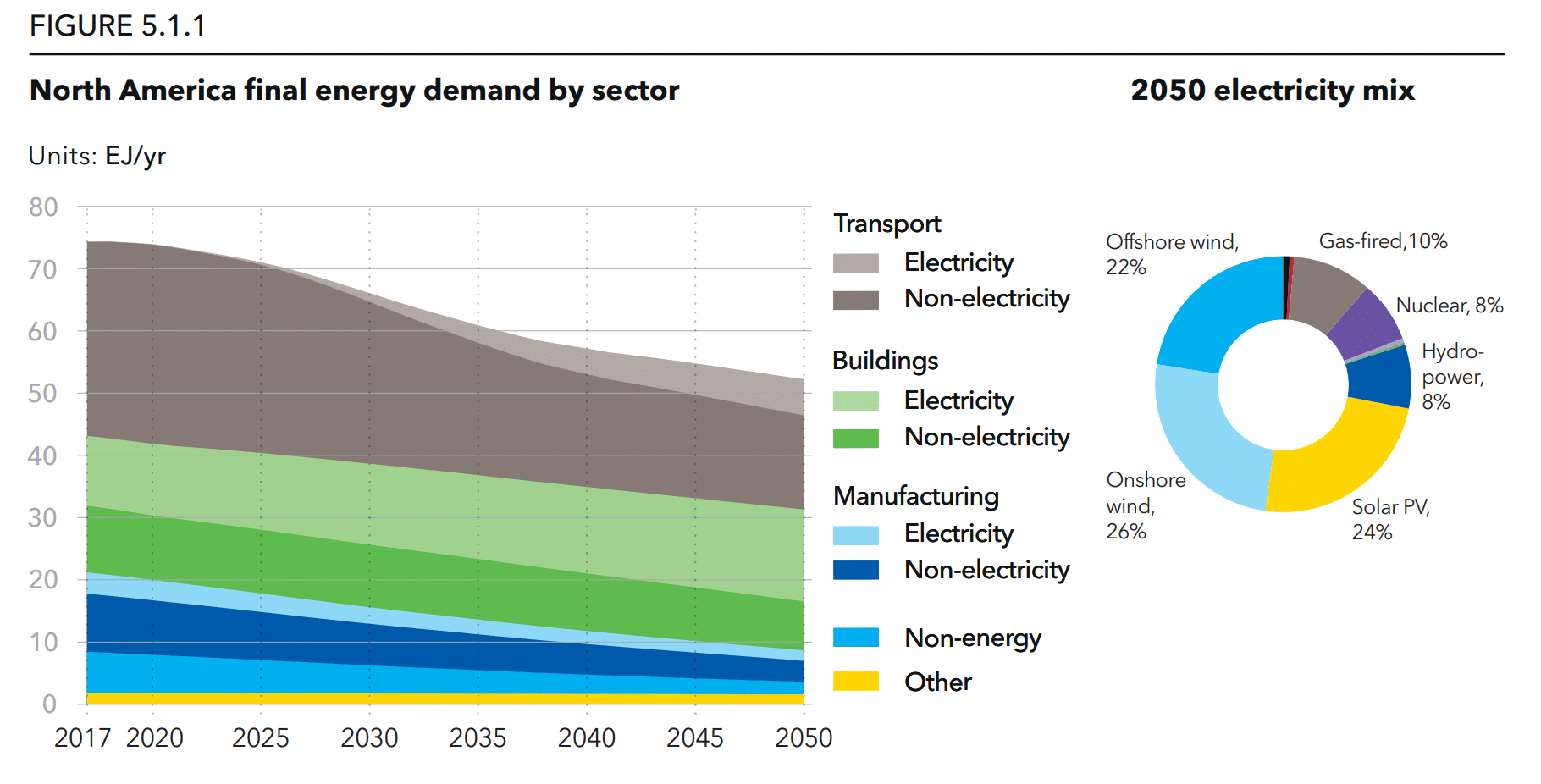
The analysis suggests that 24% of electricity in the two countries will come from photovoltaics by 2050, totaling just over 1.7 petawatt-hours that year. This will be generated by a total of 962 GWac of solar power, which by the late 2020s will start to be installed at 35 to 45GWac of capacity per year. This volume slowly increases to an AC capacity factor of 20% by the end of the period.
Wind power will head toward almost 50%, with onshore rising to 26% from today’s approximate 8%, and offshore growing from effectively 0% today (30MW total installed in Rhode Island) to 22% by 2050. Hydro and nuclear are expected to hold onto 8% of electricity generation each. The total amount of electricity from these five CO2 free sources is 88%, with gas fired generation pushing another 10% of the electrons into the power grid — and by the early 30s coal will head to 0%.
No seasonal storage was considered for the report – all battery capacity considered came from flow, lithium ion, pumped storage and EVs. Interestingly, standalone lithium ion is suggested as delivering only a small amount of electricity, while EVs and flow batteries offer multiple orders of magnitude greater energy storage services. Flow batteries are predicted to install almost 2,000GWh of capacity, with standalone lithium ion only 19GWh.
Globally, almost 12 TWac of solar power will be installed, with China being responsible for approximately 4.4 TWac, and India for another 2 TWac of that capacity. By this point, a full one-third of global electricity is projected to come from solar power. Sometime in the 2030s we’ll start installing 600 GWac/year, with solar power being 60% of all new electricity generating capacity (but not generation) installed per year.
Broader regional energy usage will still heavily be comprised of fossil emitting sources, with the majority of the declines in emissions coming from efficiency gains versus displacement from newer, cleaner sources. As a part of total energy use, electricity will come to supply 45% of it – up from just over 21% today, and of course 90% of this will be from CO2 free sources.
At that point, 50% of our emissions will come from transportation and a third from heating buildings.
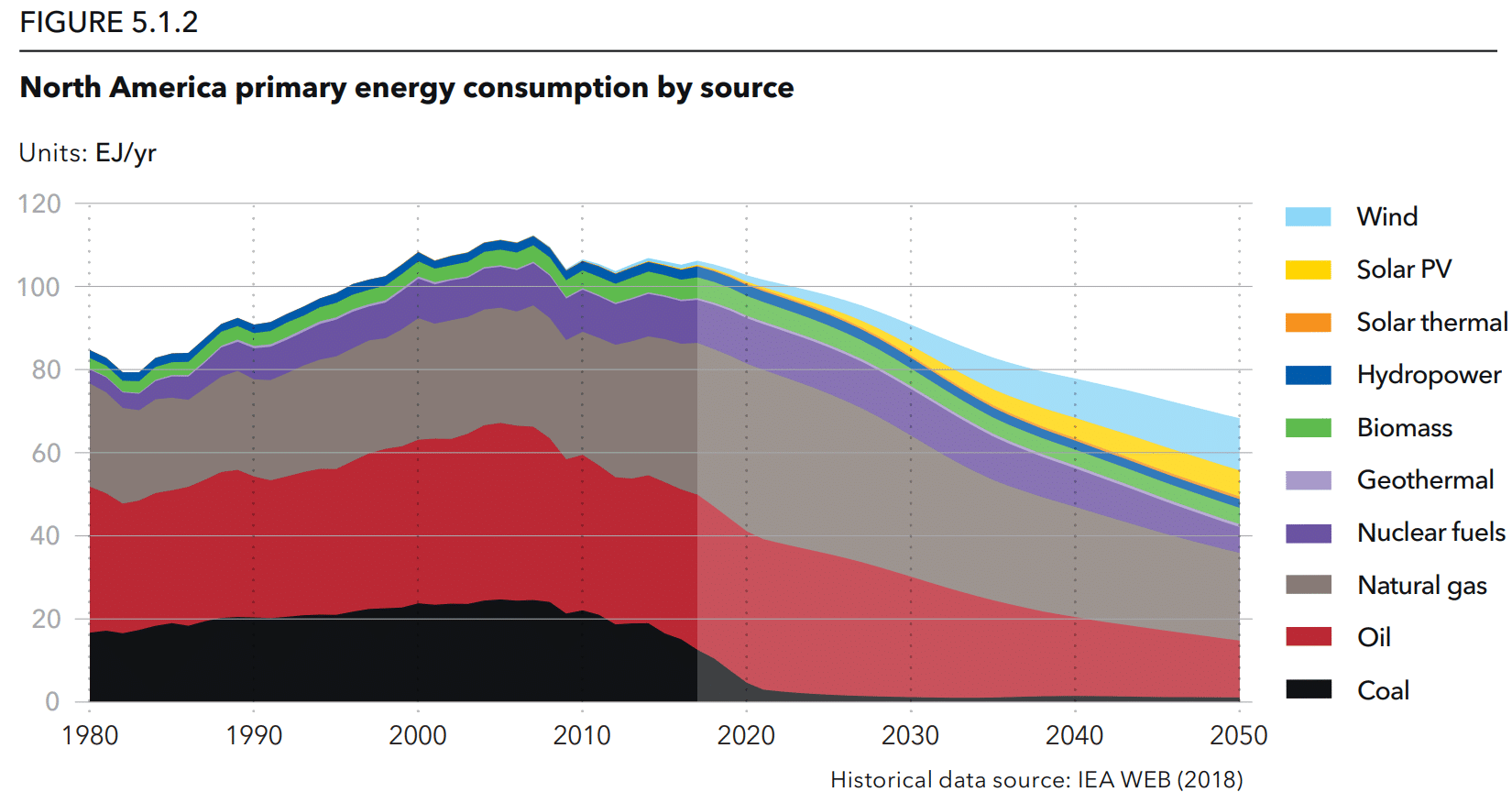
This content is protected by copyright and may not be reused. If you want to cooperate with us and would like to reuse some of our content, please contact: editors@pv-magazine.com.
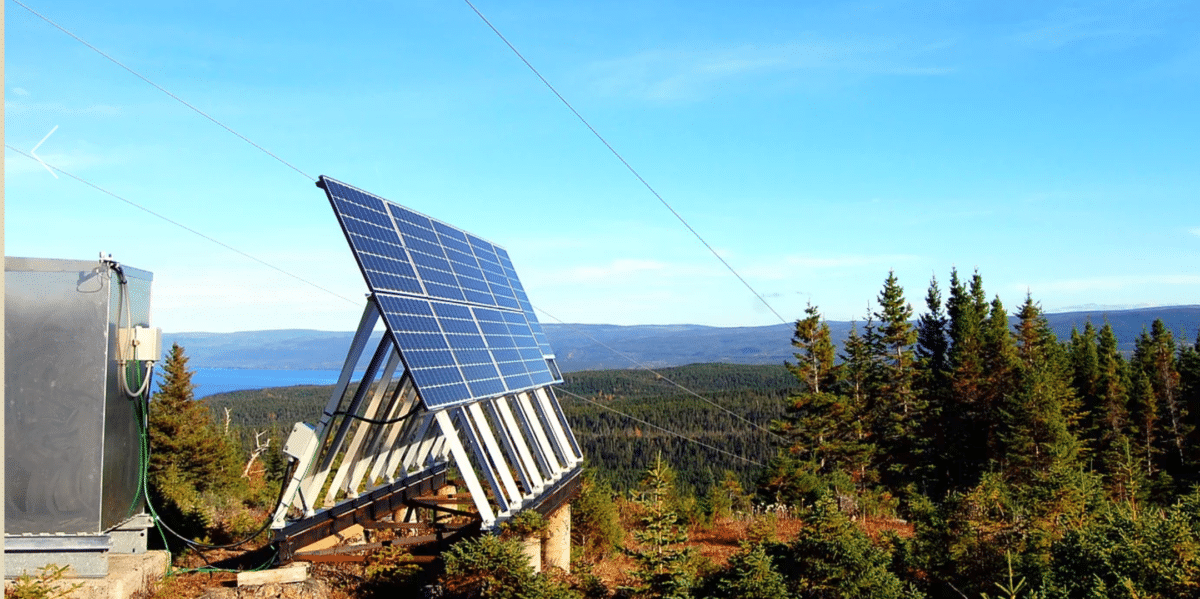


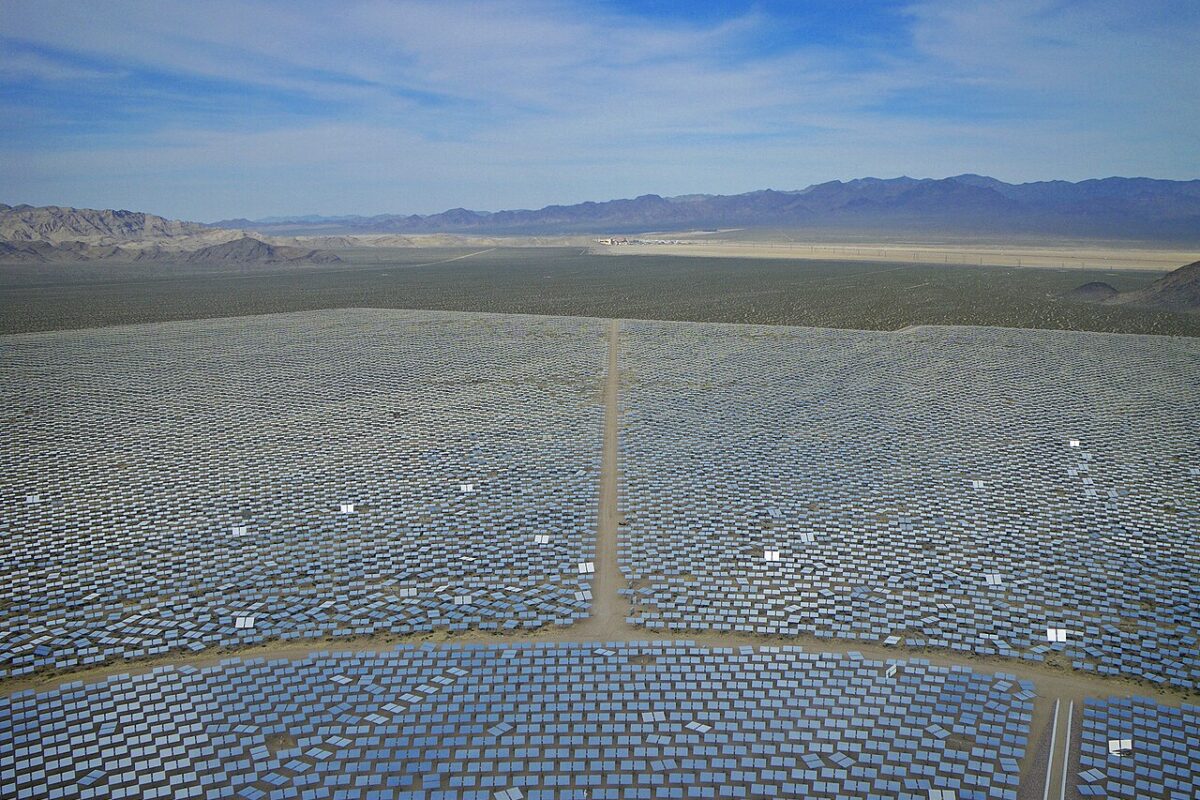




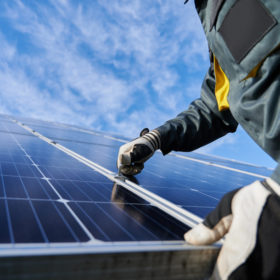

“… But only with strongly enforced policies”
…can we defeat the laws of physics and economics, in time.
I would be more supportive of a plan to start building factories and making batteries and solar panels and electric busses in sub Saharan Africa, than in North America.
It’s the same air, some food crops would do better in the partial shade and indirect light under the solar racking, and with the additional runoff.
It is interesting that the Consulting Outfits (Lazard, DNV, etc.) all “kind of” get some things right and really miss others that are in plain view. Take for example in this analysis Figure 5.1.1 — it shows Buildings at 50/50 electric/non-electric energy trending by 2050 to maybe 60/40. We KNOW this is not right as buildings are very rapidly going all electric for new and retrofits, with some cities already outlawing new Nat. Gas. The entire DOE Net Zero Energy Buildings initiative is essentially based on RE and electrification (e.g., GHP, etc). These solutions are already less expensive than fossil fuel, with some leading engineers (e.g., Don Penn with IEG) showing they can build at least schools For-The-Same-Up-Front-Cost using electrification (PV+LED+GHP) and thus schools nation-wide are very rapidly making that change … all new schools and many as “systems” are upgraded every 20 years. So those numbers in the graphic are clearly wrong.
Then there’s EVs — all responsible analysts report that EV’s and fossil (ICE) will be at cost parity by mid decade, and the range issues have already evaporated. DNV is showing in Figure 5.1.1 that Transportation will be maybe 25% electric by 2050?! That completely flies in the face of what is coming from the manufacturers, what is being supported and some places now demanded by some governments. This change will happen far faster, especially once cost parity is reached … especially for plug-in hybrids with enough battery for all town driving and still the range of an ICE car! (hint: they are already on the market!!)
DNV is a reasonably good organization as is others who make similar but different errors. But it seems only a few leaders like Prof. Jacobson have the picture right … and in some places Bloomberg: Economics and Climate together will drive a very large shift away from fossil power across the board!
One has to wonder just how much “old guard influence” there is in these analyses that is either blindly or willfully trying to bolster fossil fuel as long as possible. As DNV is very a heavily fossil industry involved player coming out of the oil/drilling/pipeline/shipping industry, so perhaps that is not a surprise. Blind, or Willful? I hope it is just Blind and that they and others will Wake Up and see the revolution that is occurring … and not even accidentally by ignorance cause any delay in our quest to #SolveClimateChange.
Our provincial grid reached Level 2 today as load plus imports could barely cover demand.
Level 3 is blackout.
People here will never switch to electric only heat for homes and critical infrastructure. Cogeneration that is basically 100% efficient conversion of fuel to electricity, certainly. It costs half of what a deep well heat pump system costs, keeps the lights on and the building heated, and removes the load from the grid.
CoGen also burns fossil fuel forever and thus continues the damage to our Climate. The Moral Imperative to eliminate fossil fuel demands that we at least “try hard” to do better. The fact that almost all new schools are going with PV and GHP is telling! You are correct that lower initial costs are needed for residential, and this is happening some places already … such as with Dandelion Energy in NY (see https://dandelionenergy.com/). Lower cost GHP requires developing GHP specialist drillers everywhere (e.g., not just water well drillers at 6″).